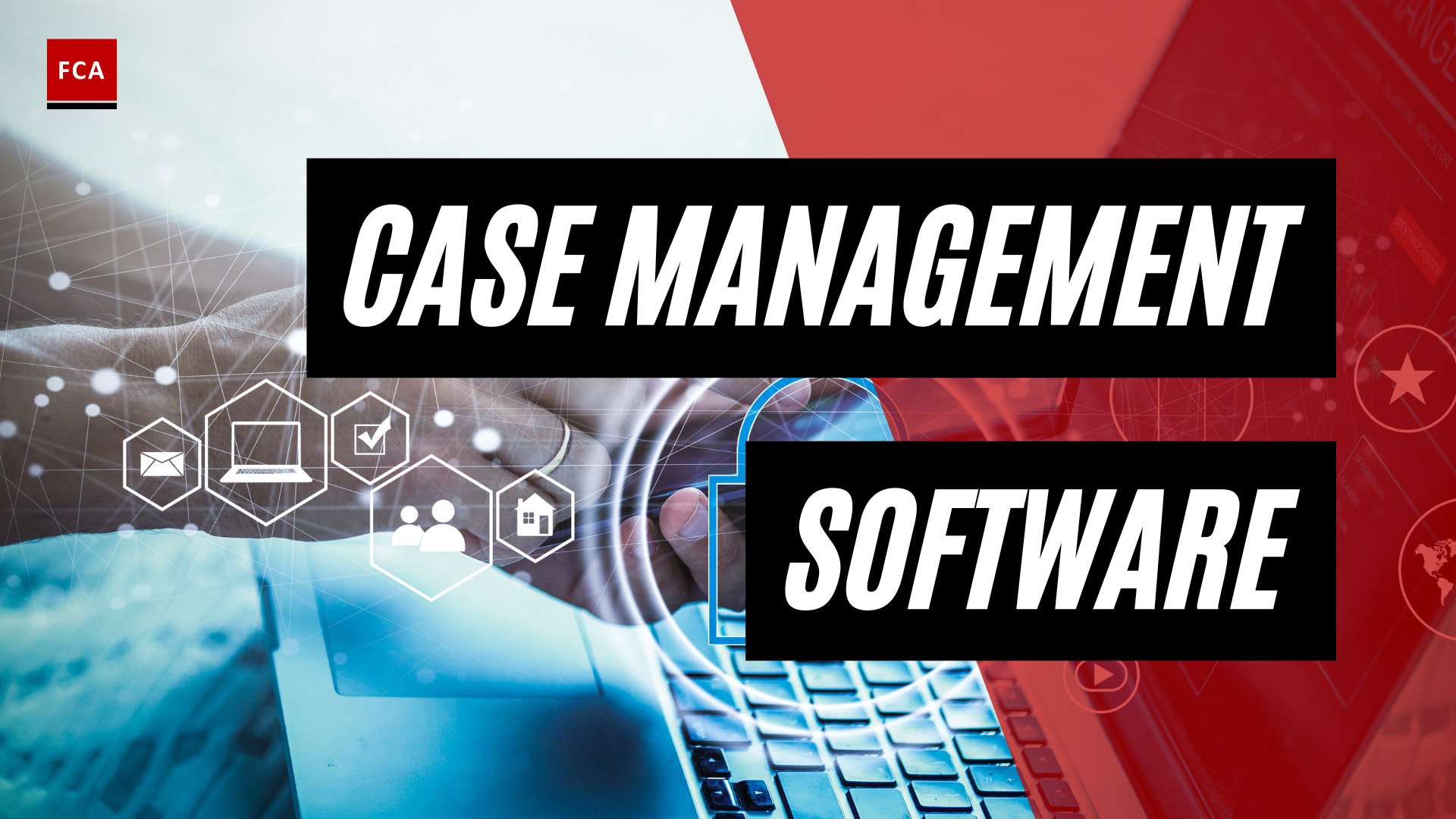Understanding AML and CFT
In the financial sector, compliance professionals often grapple with the complex and dynamic landscape of Anti-Money Laundering (AML) and Counter Financing of Terrorism (CFT). Undertaking comprehensive AML training can greatly enhance their understanding of these fields and equip them with the necessary skills and knowledge to navigate them effectively.
Definitions and Differences
Anti-Money Laundering (AML) refers to a set of regulations, laws, and procedures designed to prevent criminals from disguising illegally gained funds as legitimate income. AML programs help financial institutions detect and report suspicious activities, which is crucial for preventing money laundering, terrorism financing, and other financial crimes.
On the other hand, Counter Financing of Terrorism (CFT) involves investigations, analysis, tips, and sanctions to combat the funding of activities intended to achieve political, religious, or ideological goals through violence. While AML and CFT share common goals and often overlap, they deal with distinct types of financial crimes and require specific tactics and strategies.
Importance in Financial Sector
The financial sector is particularly susceptible to money laundering and terrorist financing due to the nature of its business. Financial institutions play a crucial role in preventing, detecting, and reporting these illegal activities. As such, AML compliance is not only a legal requirement but also a critical measure to protect these institutions from financial losses, regulatory fines, damage to reputation, and potential criminal charges.
Moreover, a robust AML program can enhance a financial institution’s credibility and trustworthiness among customers, stakeholders, and regulators. It can also contribute to broader societal benefits by helping to combat financial crimes that fund harmful activities such as terrorism and organized crime.
With the increasing stringency of AML regulations, it’s more important than ever for compliance professionals to stay updated on the latest trends, practices, and technologies in the industry. This is where comprehensive AML training comes into play, helping professionals not only meet regulatory requirements but also contribute to the fight against financial crime in a meaningful way.
The Role of AML Training
Anti-Money Laundering (AML) training plays a critical role in enhancing the skills and knowledge of professionals involved in the AML field. It’s an essential component in preparing professionals for AML certifications, and it enhances their ability to adapt and interpret regulations and standards.
Enhancing Compliance Skills
AML training is designed to help develop a solid understanding of AML principles, regulations, and best practices, which are essential for detecting and preventing financial crimes. Topics covered in training range from customer due diligence, risk assessment, transaction monitoring, to regulatory compliance.
The AML training program aims to enhance the skills and knowledge of those involved in the AML field, including compliance officers, BSA/AML officers, investigators, and analysts. This training helps participants identify potential red flags, suspicious activity, and understand the latest AML technologies and tools.
CPAs, given their training that covers topics like financial systems, IT systems, cash flow, strategic planning, control measures, and performance measures, are well-positioned to work in the AML field. Hence, comprehensive AML training can significantly enhance their compliance skills and knowledge, allowing them to effectively combat money laundering and terrorist financing activities.
Preparing for AML Certifications
In addition to enhancing compliance skills, AML training also prepares professionals for various AML certifications. Financial Crime Academy (FCA) offers the CAMP (Certified Anti-Money Laundering Professional) certification, which is globally recognized and demonstrates a high level of understanding and proficiency in the AML field. The training programs provided by FCA help prepare individuals for these certifications through comprehensive study materials and resources (FCA).
In conclusion, AML training is an essential step in enhancing compliance skills and preparing for AML certifications. It provides professionals with the knowledge and skills to effectively identify, monitor, and report suspicious activities, thereby playing a crucial role in preventing financial crimes. For more information on AML policies, guidelines, and procedures, you can visit our articles on aml policies, aml guidelines, and aml procedures.
Consequences of AML Failures
AML failures can have severe repercussions for financial institutions. These consequences can range from regulatory scrutiny and fines to significant damage to the institution’s reputation.
Regulatory Scrutiny and Fines
Financial institutions are obligated to have robust AML programs to comply with AML regulations and to prevent money laundering activities. Failure to adhere to these regulations often results in regulatory scrutiny and severe fines. Regulators worldwide are increasingly imposing heavy penalties on institutions that fail to meet AML compliance standards.
It’s crucial to note that these fines are not just financial burdens. They can also lead to operational disruptions as institutions are forced to address their AML deficiencies. This can divert resources away from other critical areas of the business, leading to further losses.
Damages to Reputation
Beyond the direct financial impact, AML failures can also lead to significant damage to an institution’s reputation. With the rise of social media and the 24/7 news cycle, news of AML compliance issues can quickly spread, causing long-term harm to an institution’s image.
Reputation damage can negatively affect an institution’s relationships with its clients, investors, and other stakeholders. It can lead to lost business opportunities and could even impact the institution’s stock value. In severe cases, it might also result in potential criminal charges for the institution and individuals involved.
To mitigate these risks, institutions must take a proactive approach towards AML compliance. This includes implementing robust AML policies and procedures, conducting regular AML risk assessments, and ensuring comprehensive AML training for all relevant staff. Regular and comprehensive training is essential in the fight against financial crime (FCA).
In the end, the cost of maintaining effective AML programs far outweighs the potential consequences of AML failures. It’s not just about avoiding fines or protecting reputation—it’s also about playing a crucial role in preventing money laundering, terrorism financing, and other financial crimes.
Building an Effective AML Program
Developing an effective anti-money laundering (AML) program is a multi-step process that involves implementing robust procedures and conducting thorough risk analysis. A well-structured AML program forms the backbone of an organization’s commitment to AML compliance and mitigating the risks associated with money laundering and terrorist financing.
Implementing Robust Procedures
At the core of any AML program are robust procedures that define how people, processes, and systems will work together to meet regulatory obligations (CPA Canada). These procedures, outlined in written policies, provide a clear roadmap for all employees and ensure consistent application of AML policies and procedures across the organization.
An effective AML program must also include a robust training plan tailored to the roles and responsibilities of each individual within the organization. From creating awareness about money laundering risks to providing role-specific training sessions, AML training plays a crucial role in ensuring that employees are equipped with the knowledge and skills to adhere to AML regulations and apply the organization’s AML policies consistently.
Furthermore, organizations must ensure compliance with various reporting regimes, such as suspicious transaction reporting. The use of advanced tools like machine learning and data analytics can greatly aid ongoing monitoring and AML reporting activities.
Importance of Risk Analysis
Understanding and managing risks is a critical aspect of AML compliance. A risk analysis enables an organization to understand its exposure to money laundering and terrorist financing risks and apply measures to mitigate those risks effectively across its products, services, and business lines (CPA Canada).
A risk analysis should include steps at the client or relationship level for risk management, and it should also guide the content and frequency of AML training. Higher risk firms should ensure auditable AML training takes place annually, with additional reminders and briefings in between. Lower risk firms may require less frequent formal AML training sessions.
Firm Wide Risk Assessments, also known as Practice Wide Risk Assessments, can aid in identifying areas where AML training should focus, helping to tighten AML controls in higher risk areas.
In conclusion, building an effective AML program requires careful planning and implementation of robust procedures and thorough risk analysis. Regular review and updating of the program, at least every two years, is crucial to ensure its continued effectiveness and compliance with evolving AML regulations. For more information on AML procedures and risk analysis, visit our pages on AML procedures and AML risk assessment.
Frequent AML Training Cycle
The frequency and intensity of Anti-Money Laundering (AML) training are crucial factors in maintaining a robust compliance program. This section details the various aspects of an effective AML training cycle, including induction and regular training, as well as identifying trigger points for additional training.
Induction and Regular Training
As compliance professionals, it’s crucial to understand that AML training should be tailored to reflect the position of the individuals involved. This could range from reception staff using ID verification systems, to solicitors managing cases, managers supervising departments, or compliance officers overseeing overall compliance.
The frequency of AML training should be guided by the firm’s risk exposure. Higher risk firms should ensure auditable AML training takes place every year, accompanied by additional reminders and briefings in between. Lower risk firms may require less frequent formal AML training sessions, with some firms still following the traditional guideline of conducting training every two years or so (Jonathon Bray).
Trigger Points for Training
Trigger points for AML training can occur under various circumstances. These include new staff induction, material changes to the AML regime, or changes to a firm’s internal AML policies. Such changes should prompt a review and possible adjustment of the training program.
For instance, the introduction of new AML regulations or updates to existing ones can significantly impact a firm’s risk profile and necessitate additional training. Similarly, when there are changes in a firm’s operations that introduce new risks, such as the launch of a new product or service, additional training may be required.
The Firm Wide Risk Assessments, also known as Practice Wide Risk Assessment, is crucial in identifying where AML training should focus. Training plays a significant role in tighter AML controls for higher risk areas like conveyancing and complex corporate activities.
By maintaining a regular training cycle and being responsive to trigger points, firms can enhance their AML compliance efforts and ensure that their staff is well-equipped to tackle the challenges posed by money laundering and financial crime. As industry professionals, continuous learning and upgrading of skills through AML training is part of our commitment to build a safer and more transparent financial sector.
AML Training Requirements
One of the key pillars of a robust anti-money laundering program is the requirement for regular and comprehensive AML training. This education ensures that all relevant staff within an organization understand their obligations and responsibilities under the applicable AML laws and regulations.
Legal Requirements for Training
The Fourth Directive stipulates requirements for anti-money laundering training to be undertaken by businesses within sectors such as financial services, accountants, estate agents, and regulated work firms like law firms.
The training should be tailored to reflect the position of the individuals involved. For instance, reception staff using ID verification systems may require a different level of detail in their AML training compared to solicitors running cases, managers supervising departments, or compliance officers with overall responsibility for AML compliance (Jonathon Bray).
Frequency and Effectiveness Evaluation
The frequency of AML training varies by jurisdiction, with some requiring training every year while others mandate it bi-annually or every two years.
However, the content and frequency of AML training should be guided by the firm’s risk exposure. Higher risk firms should ensure auditable AML training takes place every year, accompanied by additional reminders and briefings in between.
Trigger points for AML training include new staff induction and material changes to the AML regime or a firm’s internal AML policies. These changes should prompt a review and possible adjustment of the training program.
In conclusion, the legal requirements and frequency of AML training are a vital part of any firm’s approach to AML regulations. The training should be adapted to the specific roles within the organization and reflect the firm’s risk profile. Regular evaluations of training effectiveness and adjustments in response to changes in the regulatory environment or internal policies will ensure that the training remains current and effective.








